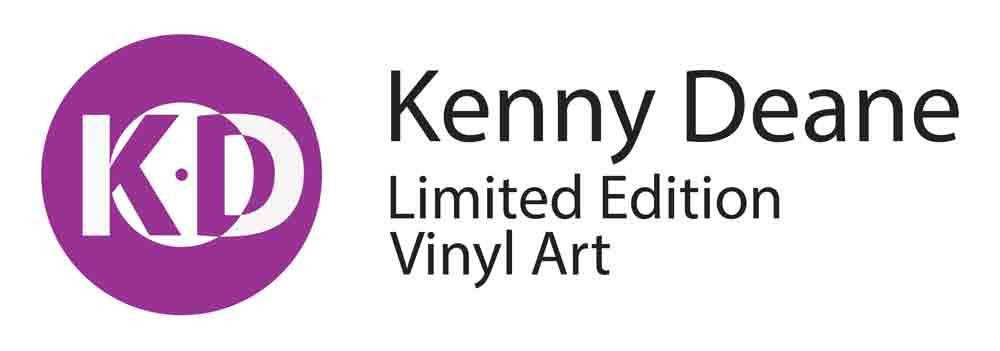Description
Additional information about this, Dexys Midnight Runners vinyl art.
Dexys Midnight Runners – The Artist
Dexys Midnight Runners are an English pop band with soul influences, who achieved their major success in the early to mid-1980s. They are best known in the UK for their songs “Come On Eileen” and “Geno”, both of which peaked at No. 1 on the UK Singles Chart. During the late 1970s and early 1980s, Dexys went through numerous personnel changes over the course of three albums and 13 singles, with only singer/songwriter/co-founder Kevin Rowland remaining in the band through all of the transitions The band broke up in 1987, with Rowland becoming a solo artist. After two failed restart attempts, Dexys was reformed by Rowland in 2003 with new members, as well as a few returning members from the band’s original lineup (known as Dexys Mark I). Dexys released their fourth album in 2012 and a fifth followed in 2016.
Come On Eileen – The Song
Come On Eileen is a song by English group Dexys Midnight Runners (credited to Dexys Midnight Runners and the Emerald Express), released in the UK in 1982 as a single from their album Too-Rye-Ay. It reached number one in the United States, and was their second number one hit in the UK, following 1980’s “Geno”. The song was written by Kevin Rowland, Jim Paterson and Billy Adams, and was produced by Clive Langer and Alan Winstanley. There are various versions of the song, some in addition to the main section featuring either an intro of a Celtic fiddle solo, or an a cappella coda both based on Thomas Moore’s Irish folk song “Believe Me, if All Those Endearing Young Charms”. Although often believed to have been inspired by a childhood friend with whom Kevin Rowland had a romantic, and later sexual, relationship in his teens, there was actually no real Eileen. In fact she was composite, to make a point about Catholic repression.
The Fiddle – The Shape
The song “Come On Eileen” heavily features the Celtic fiddle either as an intro or part of the main section. A fiddle is a bowed string musical instrument, most often a violin. It is a colloquial term for the violin, used by players in all genres including classical music. Although violins and fiddles are essentially synonymous, more primitively constructed and smaller violins are more likely to be called fiddles.
Need Help? Contact Us








Reviews
There are no reviews yet.